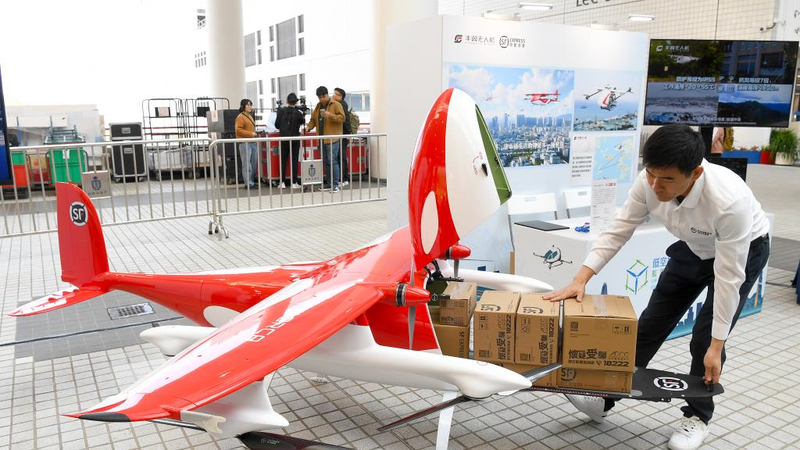In a world where innovation is soaring to new heights, the Chinese mainland is blazing a trail with its emerging low-altitude economy. Operating within airspace generally below 1,000 meters, this dynamic sector brings together drones, flying cars, unmanned aerial vehicles, and urban air mobility solutions to reshape everyday life.
Tech giants like DJI have already made their mark with advanced drone technology, while pioneers such as EHang are testing autonomous aerial vehicles that could soon transform into flying taxis. Meanwhile, companies like JD.com and Meituan are deploying drone fleets for fast, eco-friendly deliveries—sidestepping traffic jams and reducing carbon emissions. 🚁
What makes this progress even more remarkable is the proactive regulatory approach found in pilot regions like Shenzhen, Guangzhou, and Hunan Province. By streamlining low-altitude airspace policies, the Chinese mainland is creating a fertile environment for groundbreaking innovation and collaborative growth.
The low-altitude economy isn’t just a local phenomenon—it has far-reaching global implications. As cities around the world face congestion and pollution challenges, electric vertical takeoff and landing vehicles, drones, and autonomous air taxis offer a promising solution. With an estimated market value that could exceed 1 trillion yuan (around $140 billion) by 2030, this revolution is set to redefine sustainable urban transportation. 🚀
Reference(s):
China's low-altitude economy: Next frontier in global innovation
cgtn.com




